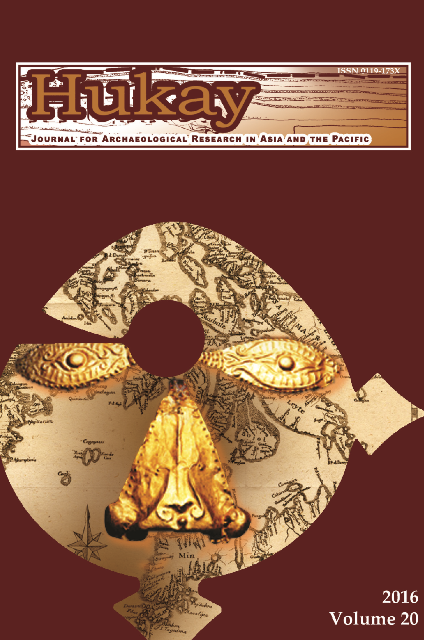The Death of Gold in Early Visayan Societies: Ethnohistoric Accounts and Archaeological Evidences
Abstract
There are few literatures about gold in Philippine societies in the last one thousand years. Much of what we know about it comes from historical sources. And there is little information when we delve deeper into how early Filipinos viewed gold. This paper surveys available sources to explain the use of gold in early Philippine burial practices especially among the Visayans. Since burial sites comprised most of the archaeological sources, the study is also concerned with how mortuary analyses could provide evidence for ethnohistorical and ethnographic accounts. Focusing on early Filipinos’ concept of death and the afterlife, this paper argues that gold was deemed important at the time of death. The significance of gold, although explained using ethnohistoric records, is realised as well, in terms of archaeological analysis, through the concept of agency. The paper introduces the concept of object-soul in archaeology, an animist explanation why certain materials were buried together with the dead. The study proposes that funerary objects, like gold, were conceived as having soul, thus undergo the same separation and transition that happens to the deceased. The paper also puts forward the idea that because of its value, unique properties, and life-long entanglement, gold compels the early Visayans to include it in human burials.



